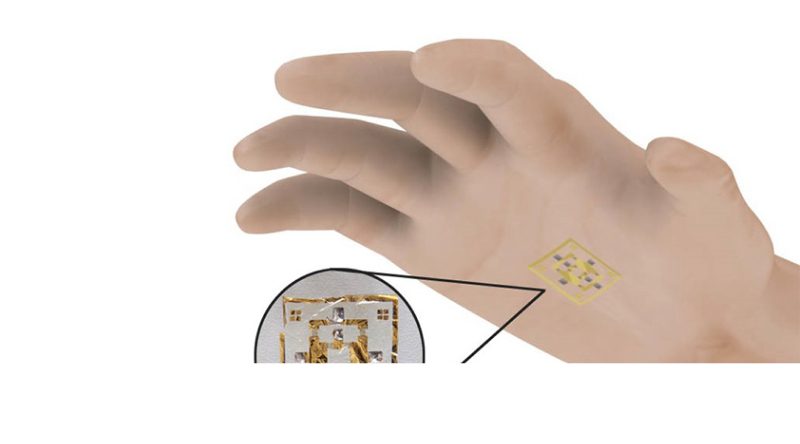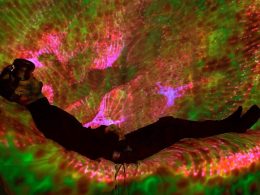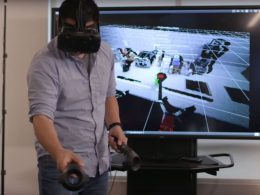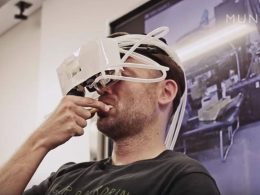The clunky VR glove is a thing of the past: thanks to a glued-on sensor, real skin becomes an electronic device that interacts with virtual worlds. The highlight: the sensor registers its position in magnetic fields and can thus precisely transfer even the finest body movements into computer-generated realities.
In order to enable users to interact with objects in VR, optical sensors were previously used. These register movements of the head or hands and transmit them into the virtual world. Gloves are usually used for the hands - but they are often bulky, restrict the wearer and are unable to reconstruct movements as fine and precise as the fingers of a hand, for example. They also consume a lot of energy and require direct visual contact between their sensors and the object to be interacted with.
Sensor directly on the hand
Gilbert Santiago Cañón Bermúdez from the Helmholtz Centre in Dresden-Rossendorf and his colleagues have therefore set out to find an alternative that feels more natural to the user, consumes less energy and works more accurately. Their solution: a kind of electronic skin. This works with a sensor on a super-thin film that is applied to the inside of the hand and detects external magnetic fields. Specifically, it registers its position in relation to the magnetic field and uses this information to reconstruct the position of the hand in space.
In this way, the hand can be precisely depicted in a scene in the computer-generated world - and it can interact with objects in virtual or augmented reality. Initial practical tests have shown how well the system works: By rotating their hand over a magnetic field source, test subjects were able to dim the light of a virtual light bulb thanks to the sensor. Or they entered symbols on a keyboard without touching it. The researchers are convinced that their development will open up completely new possibilities for gamers and, not least, in many areas of the working world. According to them, the electronic skin could be used in robotics, medicine or security applications, for example.
Source: Science









